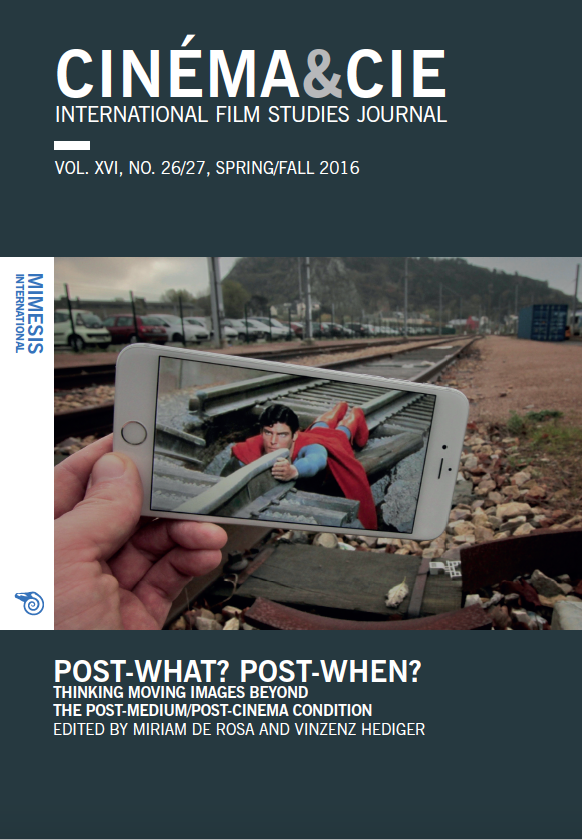The Experience of Duration and the Manipulation of Time in Exposed Cinema
Abstract
This paper seeks to weave a path through some of the temporal forms of moving images. These are models that were created with the development of video, videoinstallations and later exposed film, in a crescendo of possibilities dictated by the exploration of technology and the desire to place the viewer in a temporal flow which is controlled to a greater or lesser degree. At least three different lines of temporal forms which determine the image have been developed in the comparison of the “real” duration and the “manipulated” duration of artwork. The first group of forms includes manipulations based on the linearity of the image such as delay and slow motion. A second line is related to the particular practice of the loop, while the third concerns the temporal intermissions caused by the overlaying of several lines, of space and time, within a single piece of work or the itinerary created by the artist. This set of forms shows how the practices of relocation and installation in cinema are the result of the combination of the temporal and spatial values of the works themselves, the places in which they are exhibited and of the spectators.






